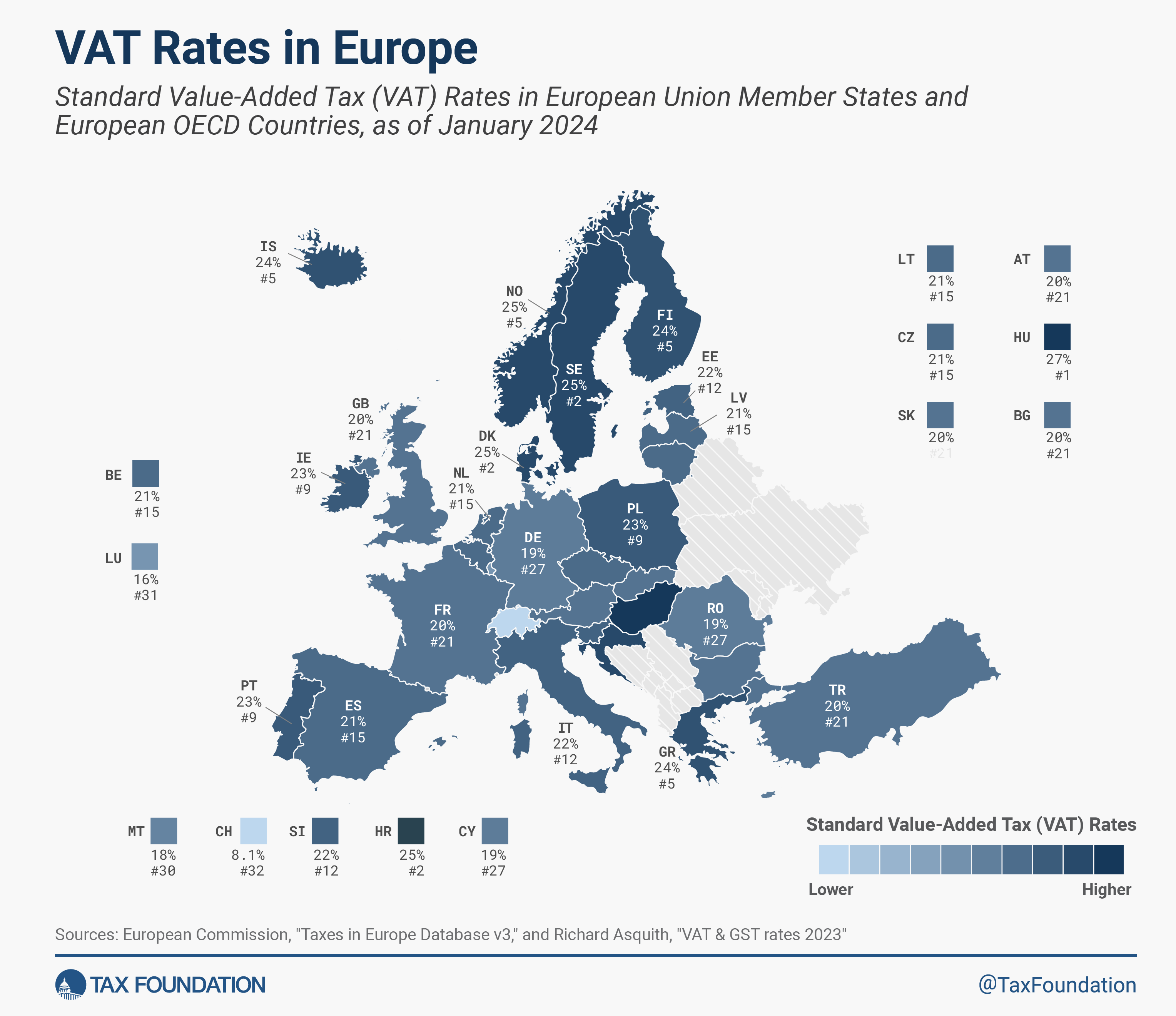A consumption tax is typically levied on the purchase of goods or services and is paid directly or indirectly by the consumer in the form of retail sales taxes, excise taxes, tariffs, value-added taxes (VAT), or an income tax where all savings is tax-deductible.
A Tax on Spending
A consumption tax is a tax on what people spend, rather than what people earn. This ensures that the tax code is neutral with respect to current and future consumption, and that the income is only taxed once.
A consumption tax system would shift the time of collection from when money is earned to when money is spent. To minimize economic distortions, there is ideally only one standard rate that is levied on all final consumption, with as few exemptions as possible.
Generally, consumption taxes are an economically efficient way of raising tax revenue. Compared to other tax revenue sources, consumption tax revenue as a share of GDP tends to be relatively stable over time, even during economic downturns.
Despite this, the downside of these taxes is that they are a regressive tax because lower-income earners and households tend to spend more of their income than they save.
Consumption vs. Income Tax Systems
Consumption taxes, in theory, would encourage saving and investment, whereas income taxation discourages this behavior because it taxes both consumption and savings.
Currently, the U.S. taxes individuals and business with income taxes such as the individual income tax, corporate income tax, and capital gains taxes. While the U.S. does levy consumption taxes in the form of sales taxes and excise taxes, it does not have a national consumption tax.
In Europe, consumption taxes are levied as excise taxes and value-added taxes (VAT). Every European country and more than 170 countries worldwide levy a VAT on purchases for consumption.
Stay updated on the latest educational resources.
Level-up your tax knowledge with free educational resources—primers, glossary terms, videos, and more—delivered monthly.
Subscribe
